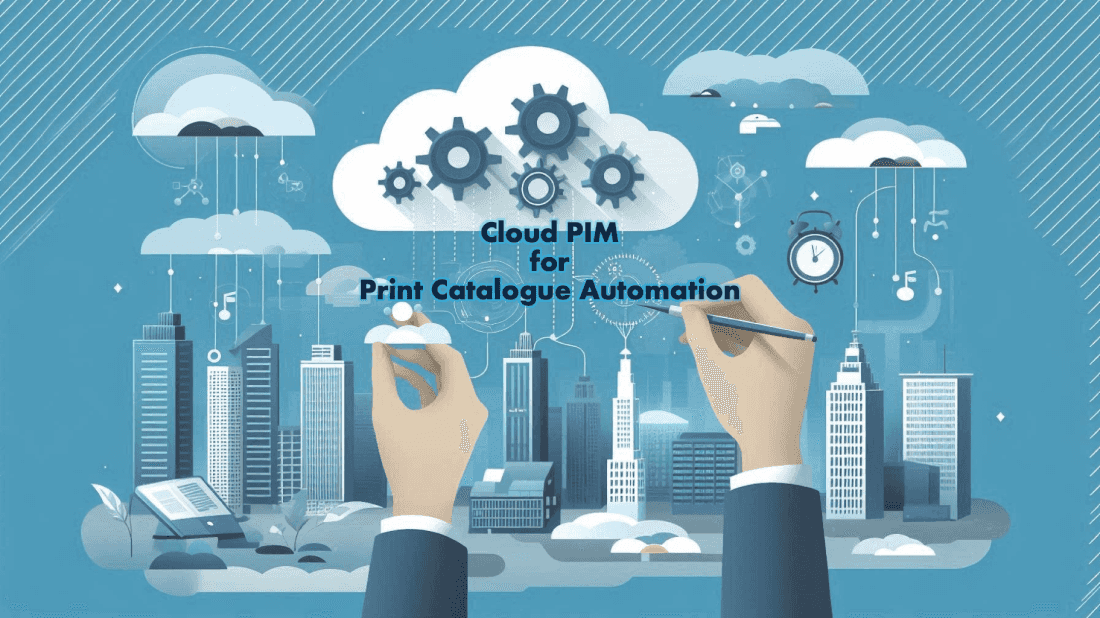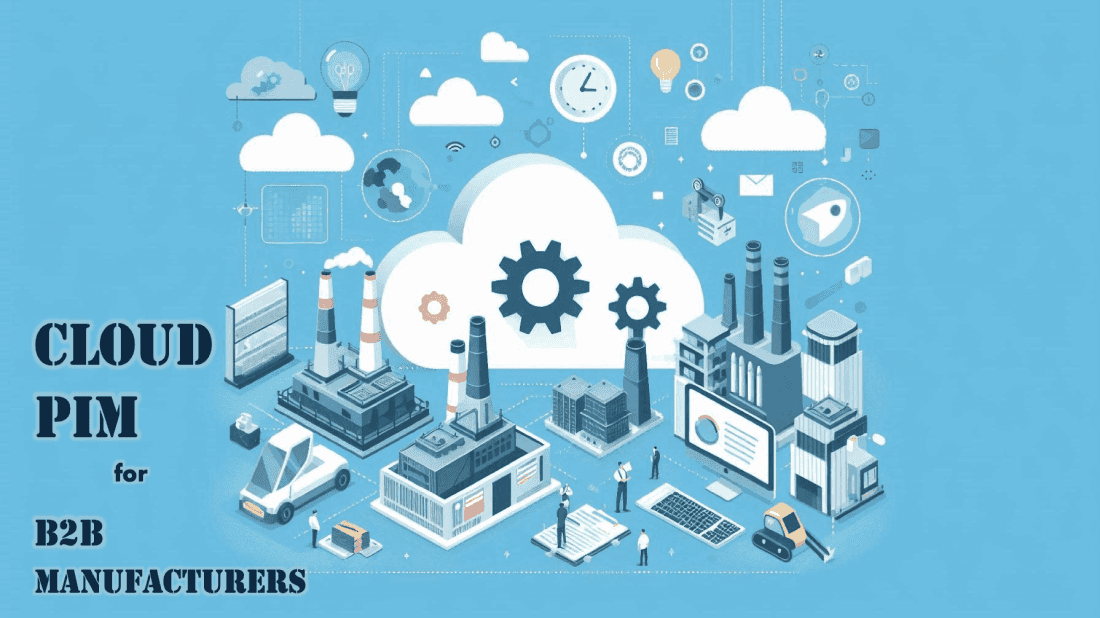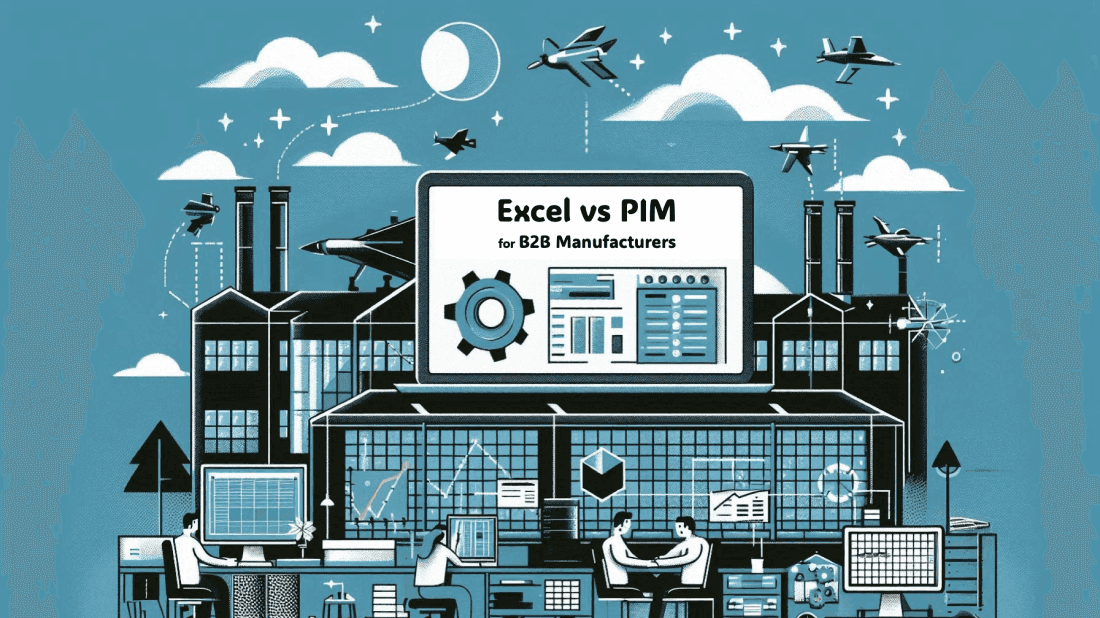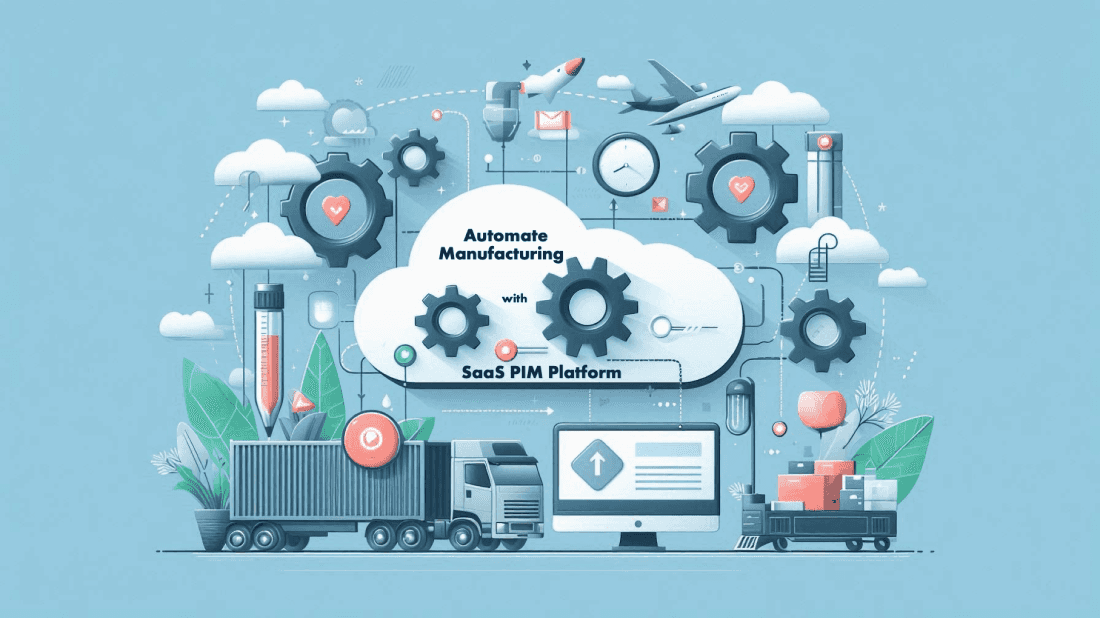May 4th, 2024
Optimize DAM and PIM Integration for Manufacturers in 2024
Categories:Digital Asset Management SystemIn the complex and ever-evolving landscape of manufacturing, where channel partners and distributors play crucial roles, implementing an effective Digital Asset Management (DAM) system is vital. Integrating a DAM system alongside a Product Information Management (PIM) solution tailored for manufacturers ensures efficient management and dissemination of digital content across the network.
Here’s an expanded guide on selecting a robust DAM system tailored to the specific needs of manufacturers.
In-Depth Look at DAM and PIM Integration Needs
Digital Asset Management (DAM) systems are not just storage solutions; they are dynamic platforms that manage and optimize digital assets such as images, videos, and documents. When combined with PIM systems, they empower manufacturers to provide a consistent product experience through enhanced enterprise digital asset management. The integration of these systems improves accessibility and ensures alignment with distribution and marketing strategies.
Expanded Factors for Choosing the Right DAM System
- Strategic Alignment with Business Goals: It’s crucial that the DAM system aligns with your overall business objectives, enhancing rather than complicating your existing processes. This involves ensuring the system integrates well with the strategic direction of your manufacturing operations and channel partnerships.
- User Adoption and Interface Simplicity: The best digital asset management software is useless if it’s not user-friendly. Look for solutions that offer intuitive interfaces and are accessible to users across various levels of tech-savviness. This includes evaluating the system’s learning curve and ongoing support options to maximize user engagement and efficiency.
- Integration with Existing Systems: A DAM should seamlessly integrate with existing business systems such as ERP, CRM, and other PIM tools. This integration is crucial for maintaining a unified workflow and ensuring that data flows freely between systems without creating bottlenecks or data integrity issues.
- Comprehensive Workflow Optimization: Opt for a DAM system that not only stores digital assets but also manages workflows. Features that support asset tracking, version control, and automated distribution processes are essential for streamlining operations from production to partner distribution.
- Scalability and Cloud Capabilities: As your business grows, so too should your DAM system. Cloud-based DAM solutions, or SaaS DAM, offer scalability and flexibility, making it easier to manage an expanding library of digital assets without significant additional investment.
- Advanced Metadata and Search Capabilities: Robust metadata management is essential for the effective categorization and retrieval of digital assets. A DAM system should offer powerful search functionalities that allow quick access to assets based on diverse criteria, facilitating better asset management and reuse.
- Data Security and Compliance: Ensuring the security of your digital assets is paramount. Look for DAM systems that provide advanced security features such as encryption, secure access controls, and compliance with international data protection regulations.
- Cost Efficiency and ROI: Evaluate the cost implications of the DAM system and its potential return on investment. Consider not only the initial investment but also long-term operational costs including upgrades, maintenance, and user training.
- Vendor Reputation and Support: The reliability of your DAM provider is as important as the software itself. Choose a vendor known for strong customer support, a solid track record in the industry, and proactive development practices.
Conclusion
Selecting the right DAM system involves careful consideration of several key factors that extend beyond basic functionality. For manufacturers working with extensive networks of distributors and partners, the choice of a DAM system can significantly influence operational efficiency and market responsiveness.
Master Your Data with Neurologik’s NLK MarketingHub
Be the master of your data with Neurologik's NLK MarketingHub . Our platform is specifically designed to empower marketing teams by efficiently centralizing, organizing, and harnessing the full potential of their data for more impactful marketing strategies. Offering a combination of Master Data Management (MDM), Product Information Management (PIM), Digital Asset Management (DAM), and Content Management System (CMS) solutions, NLK MarketingHub serves as a single source of truth repository. It automatically gathers and updates data from all relevant sources, enabling you to manage and organize your data efficiently and effectively. Connect with us -link to discover how we can help streamline your digital asset management and enhance your operational workflows in 2024 and beyond.







